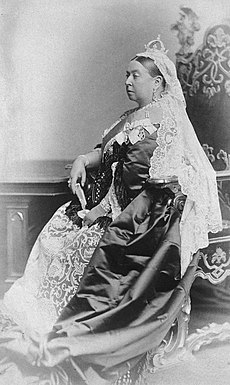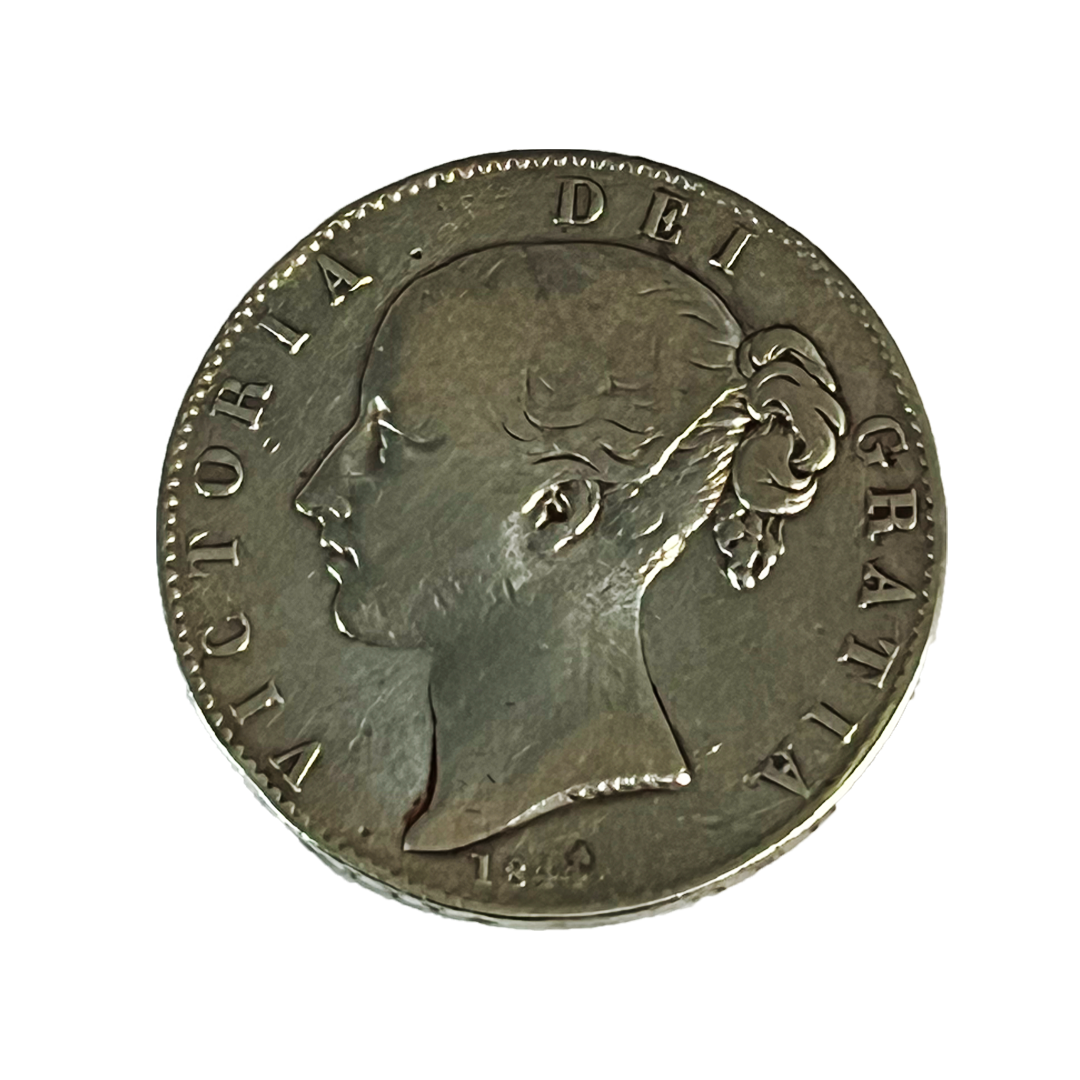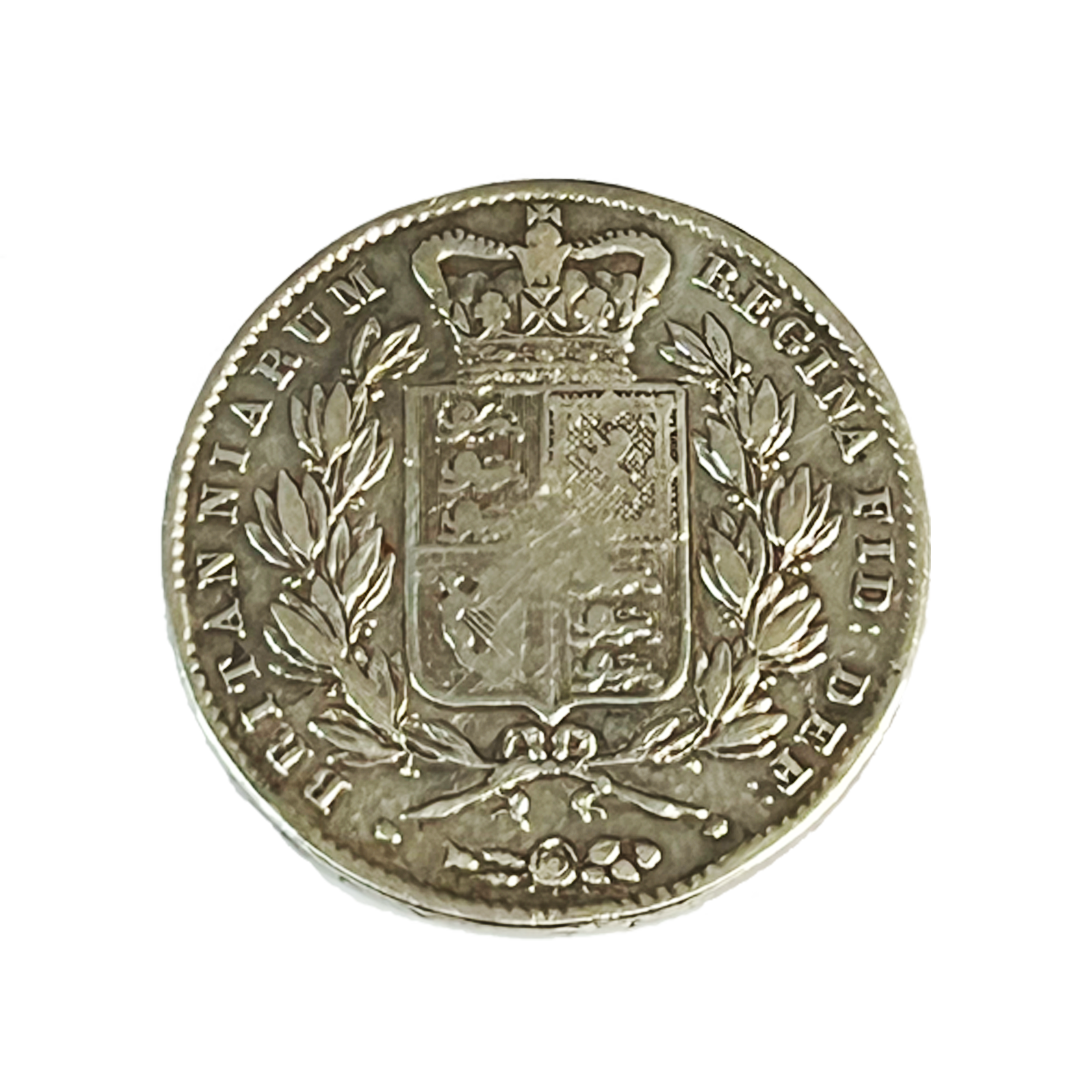1844 Young Crown
Queen Victoria's reign was characterised by an era of immense change and progress. The Victorian era saw the Industrial Revolution in full swing, leading to innovations in manufacturing, transportation, and communication. It was a time of significant social reforms, including improvements in public health, education, and the abolition of slavery. Queen Victoria's love for the arts and sciences contributed to a flourishing of culture and literature, with the period giving rise to renowned authors such as Charles Dickens and the Brontë sisters. Her enduring legacy also extends to the architecture and fashion of the time, with the grandeur of the Victorian style still influencing design and aesthetics today. Queen Victoria's impact on British society and the world at large remains profound, and her reign continues to be a subject of fascination and study for historians and enthusiasts worldwide.
Queen Victoria, born in 1819, ascended to the British throne in 1837 at the tender age of 18, marking the beginning of an era that would bear her name, the Victorian era. Her reign, which lasted until her passing in 1901, stands as one of the longest and most consequential in British history. Queen Victoria's rule saw the United Kingdom transform from a relatively small island nation into a global superpower.
Queen Victoria's personal life was as remarkable as her reign. She married her beloved cousin, Prince Albert of Saxe-Coburg and Gotha, in 1840, forming a deep and lasting partnership. Their union produced nine children, who married into various European royal families, earning Queen Victoria the nickname "Grandmother of Europe." This web of royal connections had a profound impact on European politics and alliances during her time.
J.K. Rowling is a British author, philanthropist, film producer, television producer, and screenwriter, best known for writing the Harry Potter fantasy series. The books are the best-selling book series in history and the basis of a popular film series, with the last four books consecutively setting records as the fastest-selling books in history. The series won multiple awards and sold more than 500 million copies, becoming the best-selling book series in history.







